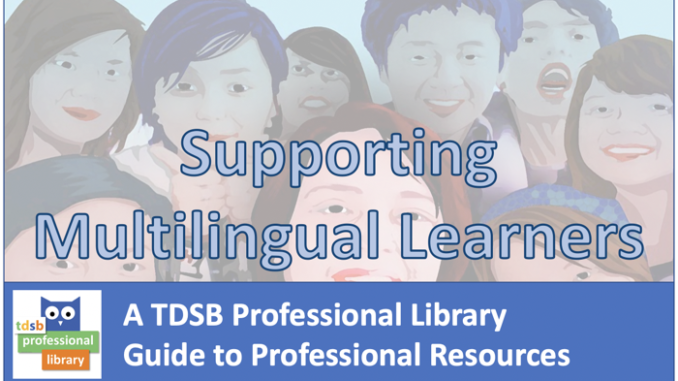
By Judy Ameline, Judy Chyung, and Emily Thompson
We hope you enjoy this reading list, curated by Librarians at the TDSB Professional Library in the Library Learning Resources and Global Education Department of the Toronto District School Board.
Links to the TDSB Professional Library Catalogue have been provided for informational purposes, but the items are accessible to TDSB staff only.

Akhavan, N.L. (2023). Small group reading with multilingual learners: Differentiating instruction in 20 minutes a day. Corwin. eBook
Learners acquiring English bring with them linguistic assets, and should not be viewed as lacking. In this book, Nancy Akhavan demonstrates how to support both multilingual students and developing readers in small groups. These learners will thrive with appropriate lessons and profit from opportunities to discuss texts with their peers. In addition to a companion website, this resources includes:
- Background information on language acquisition
- Techniques for differentiating instruction based on students’ language and reading proficiency
- Lessons integrating oral language, phonics, spelling, vocabulary, word work, comprehension, and writing about reading
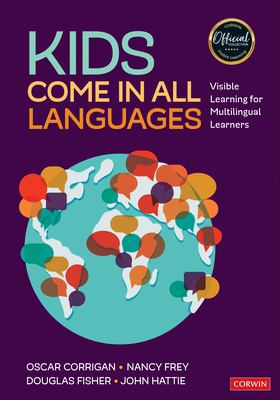
Corrigan, O., Frey, N., Fisher, D., & Hattie, J. (2023). Kids come in all languages: Visible learning for multilingual learners. Corwin. eBook
In this resource the authors provide teachers with everything required to create high-quality lessons that support students learning English. Educators will learn to:
- Offer multilingual students access to grade-level content in a welcoming and accepting classroom culture
- Plan motivating lessons that encourage learners to think critically, use newly-acquired language skills and engage with complex texts
- Facilitate student-led discussion that amplifies knowledge and fosters a sense of belonging
- Use diverse, flexible grouping enabling students acquiring English to thrive in growth-mindset, appropriate grade level groups.

Dormer, J.E. (2023). ELT basics: A beginner’s guide to English language teaching. TESOL Press. eBook
This is a concise book that presents the fundamentals of English language teaching. It explains how languages are learned and taught, and provides practical tips and tools for effective instruction and assessment. This book is designed for readers who want to learn more about English language teaching or pursue a career in this field.
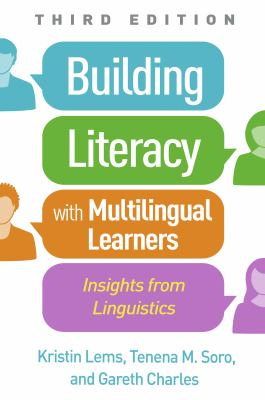
Lems, K., Soro, T.M., & Charles, G. (2023). Building literacy with multilingual learners: Insights from linguistics. The Guilford Press. eBook
This book, now in its third edition, is a practical guide for teachers to help students who are learning a second language. The authors explain the processes involved in second-language acquisition and translate the research into practical instructional strategies for PreK-12. The book includes classroom examples and personal stories from the authors and other experienced educators, as well as learning activities that teachers can use to help multilingual learners master a new language.

Peercy, M. M., Tigert, J. M., & Fredricks, D E. (2023). Core practices for teaching multilingual students: Humanizing pedagogies for equity. Teachers College Press. eBook
This book shows educators how to use humanizing pedagogy to teach multilingual students. The authors explain six core practices that they consider as fundamental for teaching multilingual students in humanizing and equitable ways. Each core practice is presented with examples from real life classrooms. The core practices include knowing your multilingual students, creating a positive learning environment, teaching content and language together, helping students develop language and literacy skills, using student assessments, and building positive relationships and advocate for students.
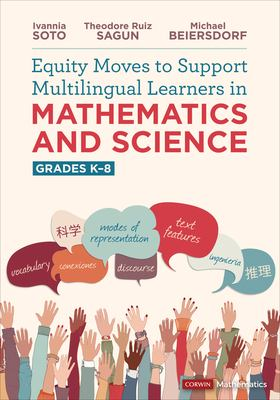
Soto, I., Sagun, T., & Beiersdorf, M. (2023). Equity moves to support multilingual learners in mathematics and science, grades K-8. Corwin Press. eBook
This book presents a framework for teaching multilingual students in Mathematics and Science through a culturally responsive and sustaining lens. It is written to help teachers of multilingual students to teach in humanizing ways. In addition to language and content scaffolds, the book provides what it calls, equity moves, which are culturally sustaining practices drawn from the Eight Competencies of Culturally Responsive Teaching. The eight competencies are: reflect on one’s cultural lens, recognize and redress bias in the system, draw on students’ culture to shape curriculum and instruction, bring real-world issues into the classroom, model high expectations for all students, promote respect for student differences, collaborate with families and the local community, communicate in linguistically and culturally responsive ways.
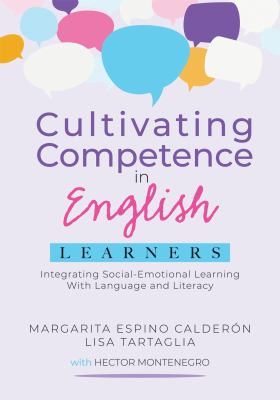
Calderón, M.E., & Tartaglia, L. (2022). Cultivating competence in English learners: Integrating social-emotional learning with language and literacy. Solution Tree
The authors of this book aim to support teachers who work with English learners in general education and core content classes. They provide practical ways to teach vocabulary, discourse, reading comprehension, and writing across different subjects, while helping English learners develop social-emotional skills and competencies such as self-awareness, self-management, social awareness, relationship skills, and responsible decision making. When viewing the social-emotional needs of English learners, the authors exert that the educators must view them through a lens of equity and academic achievement.
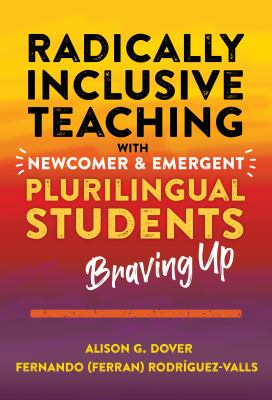
Dover, A.G. (2022). Radically inclusive teaching with newcomer and emergent plurilingual students: Braving up. Teachers College Press. eBook
Grounded in theories and practices of culturally and linguistically sustaining pedagogy, emergent curriculum, and translanguaging, the authors show how to support newcomer and emergent plurlingual students. It offers ideas and strategies for teaching and learning that value students’ languages, cultures, and identities through an exploration of high interest poetry, music, art, and young adult literature. It also includes stories and examples of classroom practices that foster linguistic inclusion and empowerment.
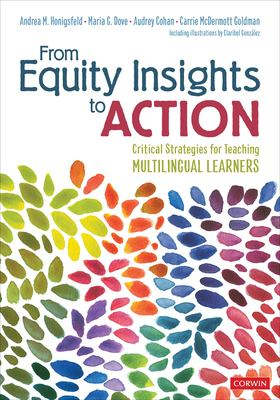
Honigsfeld, A., Dove, M. G., Cohan, A., & Goldman, C M. (2022). From equity insights to action: Critical strategies for teaching multilingual learners. Corwin. eBook
Writing in April 2021 with a view to shaping a post-pandemic future, the authors of this title note that equity for multilingual learners “is not a choice; it is the collective responsibility of all educators” (82). The book’s structure emphasizes asset-building, especially as regards amplifying multilingual learners’ talents, spirits, and personal power, as well as their autonomy, agency, and resilience. It offers practical strategies for educators, including pauses for critical reflection, checklists, and professional learning activities. Student portraits–composite vignettes of multilingual learners’ stories and experiences–offer compelling real-world examples.
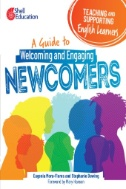
Mora-Flores, E., & Dewing, S. (2022). Teaching and supporting English learners: A guide to welcoming and engaging newcomers. Shell Educational Publishing. eBook
Writing in an American context, authors Eugenia Mora-Flores and Stephanie Dewing share how newcomers are a unique subset of multilingual learners. Their aim is to provide educators with the tools needed to engage and support newcomer students (and their families) in their language, literacy, curriculum, and social-emotional goals. Of particular interest is Chapter 2, which highlights the stories of thirteen newcomer students who came to America from around the world. The students’ voices are echoed throughout the remaining chapters, providing invaluable insights and perspectives.
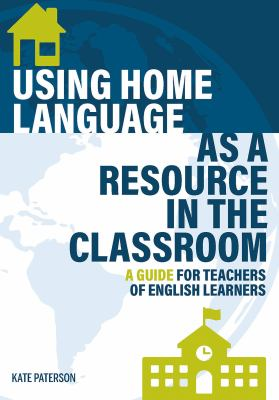
Paterson, K. (2021). Using home language as a resource in the classroom: A guide for teachers of English learners. TESOL Press. eBook
This title deftly demonstrates how integrating a student’s home language into classroom settings not only promotes equity and inclusion, it is also essential to student success. As a publication from TESOL Press (Teaching English to Speakers of Other Languages), it brings awareness to TESOL’s 6 Principles for Exemplary Teaching of English Learners, illustrating how the benefits of students’ home languages can be integrated into each principle. Looking to the future, this title embraces plurilingualism as a means of disruption, resistance, and social justice.
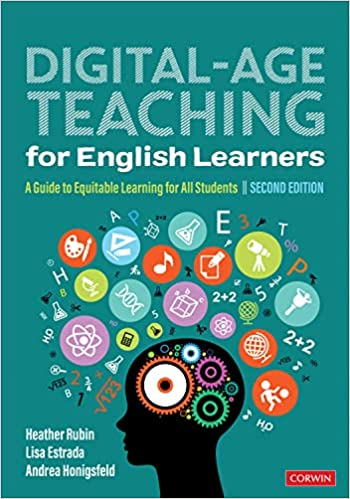
Rubin, H., Estrada, L., & Honigsfeld, A. (2021). Digital-age teaching for English learners: A guide to equitable learning for all students. Corwin. eBook
In an update to 2017’s ELL Frontiers: Using Technology to Enhance Instruction for English Learners, this title aims to help educators develop technology-infused ecosystems that will support and empower multilingual learners. As a framework, the authors emphasize five C’s (critical thinking, communication, collaboration, creativity, and culture) working in concert with six language domains (listening, speaking, reading, writing, viewing, and visually representing). Overall, the authors envision educators as curators of information, technology, and experiences, with a focus on student-centered learning and exploration.

Judy Ameline is a librarian at the Toronto District School Board Professional Library with almost 30 years experience providing reference service. She is passionate about providing TDSB teachers and leaders access to current, cutting edge information in the field of education to support their professional development needs. Check out the Library’s Pinterest Boards and follow her on Twitter @AmelineJudy

Judy Chyung has extensive experience providing Education Reference and Online Services to the educators and leaders of Toronto District School Board at the TDSB Professional Library. She enjoys reading and learning about the trends in education literature, and assisting TDSB educators with their information needs whether for their classroom support or for their professional learning. One of the initiatives that she leads is the curated Resource Guides for Heritage Months celebrated by TDSB. Currently she is deeply involved in developing Subject Guides to support TDSB educators and students with their curriculum resource needs. These Subject Guides can be found in the TDSB Virtual Library under the FIND tab.

Emily Thompson is a Reference and Digital Resources Librarian with the Toronto District School Board Professional Library. Prior to joining the TDSB this year, she spent nearly a decade in public librarianship and is passionate about early literacy. She is excited to be a part of the TDSB Professional Library team, connecting users of all ages with digital resources through the Virtual Library. Follow the TDSB Virtual Library on Twitter: @tdsbVL